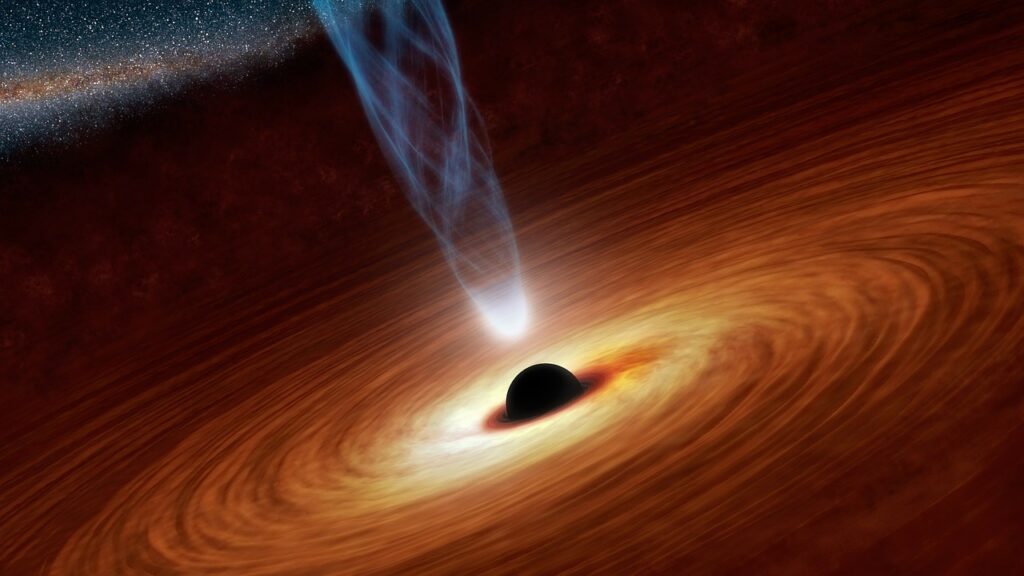Space scientists have picked gravitational waves from an unusual merger of two asymmetric black holes that is black holes with two different masses.
Data from the Laser Interferometer Gravitational-Wave Observatory (LIGO) in the US and the Virgo interferometer in Italy tells that the two black holes had an unusually large mass difference, with one being three to four times massive than the other black hole.
Because of this difference in mass, the merger produced gravitational waves that spread out in the space-time fabric in multiple frequencies.
This is the first such observation ever made by any physicist, and the event also confirms a prediction made by Einstein’s theory of general relativity. The prediction was that of gravitational wave harmonics. This once again gave a shout to the world saying that theory of general relativity is one of the best possible theory till now.
This unique event is called GW190412 and was observed on 12 April 2019 at 05:30:44 UTC. The Advanced Virgo detector and both Advanced LIGO detectors picked up the activity in just the second week of their third observational run. While one black hole was approximately 8 solar masses, the other was around 30 solar masses. Solar mass is a unit of measurement in astronomy and is equal to the mass of the sun.
The merger is estimated to have occurred over 2 billion light-years away from earth.
These kinds of observations help researchers to understand the formation of black holes and their merger. The main thing astrophysicists want to understand is how can black holes form so close and then merge together. The two existing ideas are either the black holes form from a binary star system or the black holes might form completely separately and find each other across space and time(second one is suggested by dynamic models).
Belczynski, a gravitational theorist at the Polish Academy of Sciences in Warsaw says. “If it [the mass ratio] had been 10-to-1 I would have bet on the dynamical models,” he says, as binary star systems generally don’t form with such skewed ratios.
Let us wait and search for more such events. Astrophysicists say that there might be a lot of other mysterious events which will better our understandings.

